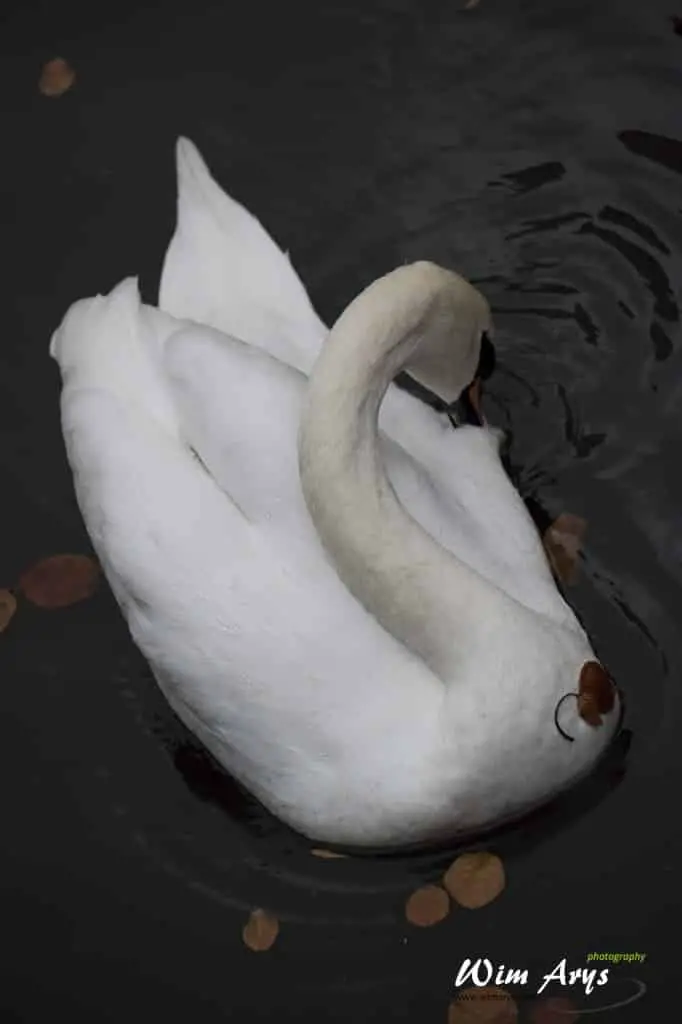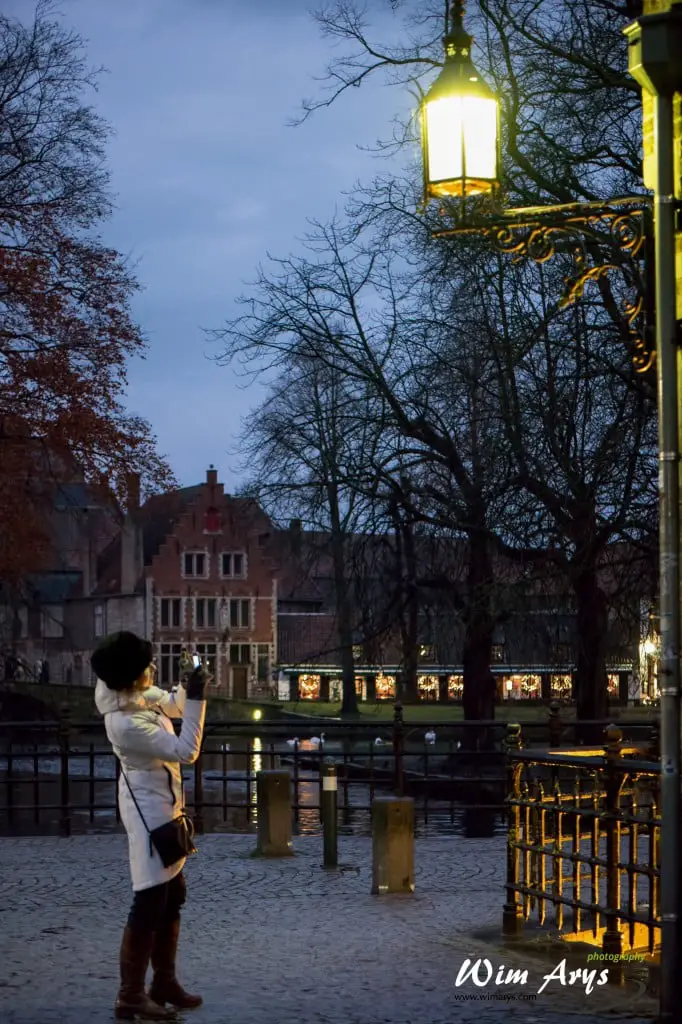Samsung NX1 with NX 50-150 f/2.8
The new Samsung NX1 coincided with the release of the NX 50-150mm f/2.8 tele zoom lens. I decided to try out this combo yesterday in low light, in order to test the autofocus and general performance of this new lens & camera. In my opinion, the NX1 performs at least equally as well as any other mirror-less camera on the market today. I think it’s remarkable even only considering using an 28MP APS-C sensor at 6400 ISO, and perhaps only the Sony FF A7s performs as well at these levels.
If you’re planning on replacing your sports camera DSLR with this one, you might want to think twice though, as mirror-less AF systems re not up to par with high-end DSLR’s, especially when it comes to action/sports photography. I did try the object tracking feature yesterday, and it is once again up there with the best mirror-less systems, yet slightly difficult to use as it is only available via the touch screen (I’ve gone through the manual and settings extensively, but found no other way to engage it? If anyone else has found another way,let me know).
First a few observations: the Samsung NX1 seems to focus better in low light if you select an appropriate ISO range for these circumstances. In other words, you’ll get petter AF performance if you set your ISO limit up to 6400 for low light. The exact reasons for this are probably linked to how on-sensor AF detection works.
This is more relevant too you if you shoot in RAW, as most RAW shooters are more likely to set ISO range more conservatively. This camera does feel like it is better suited to Jpeg shooters, and I found the Jpeg fine setting to be quite flexible in post processing.
Good news is that you’ll find that ISO 6400 is still quite useable (in most cases) with the Samsung NX1. With some moderate de-noising, images look great as long as you’re not expecting tons of fine detail when zooming in. For portraiture or close-ups, I see no problem at all going this high (if necessary).
All images in the following have been converted in Lightroom from RAW to jpeg without any additional processing or resizing. You can check noise levels, sharpness and detail by clicking on them as you’ll see them in full size.
- 50 mm 1-80 sec at f – 2,8 ISO 1250
- 100 mm, 1-125 sec at f – 3,5 ISO 6400
- 50 mm 1-80 sec at f – 3,5 ISO 1600
- 50 mm1-80 sec at f – 3,5 SO 500
- 150 mm 1-160 sec at f – 3,5 ISO 640
- 50 mm1-80 sec at f – 3,5 ISO 1250
- F2.8 50 mm1-80 sec at f – 3,5 ISO 400
- 50 mm 1-80 sec at f – 3,5 ISO 400
- 50 mm 1-80 sec at f – 3,5 ISO 200
- 100 mm 1-125 sec at f – 3,5 ISO 3200
- 50 mm 1-80 sec at f – 3,5 ISO 200
- 63 mm 1-100 sec at f – 3,5 ISO 250
- 50 mm1-80 sec at f – 3,5 ISO 4000
- 150 mm1-160 sec at f – 3,5 ISO 4000
- 150 mm1-160 sec at f – 3,5 ISO 2500
- 150 mm 1-160 sec at f – 3,5 ISO 4000
- 150 mm 1-160 sec at f – 3,5 ISO 6400
- 50 mm 1-80 sec at f – 3,5 ISO 2500
- 127 mm 1-160 sec at f – 3,5 ISO 6400
- 145 mm1-160 sec at f – 3,5 ISO 2500
- 150 mm 1-160 sec at f – 3,5 ISO 5000
- 150 mm1-160 sec at f – 2,8 ISO 500
- 50 mm 1-80 sec at f – 2,8 ISO 5000
- 50 mm 1-80 sec at f – 2,8 ISO 6400
- 50 mm 1-60 sec at f – 2,8 ISO 6400
- 50 mm 1-80 sec at f – 2,8 ISO 1250
- 50 mm 1-60 sec at f – 2,8 ISO 6400
- 50 mm 1-20 sec at f – 2,8 ISO 6400
- 50 mm 1-50 sec at f – 2,8 ISO 6400


0 Comments